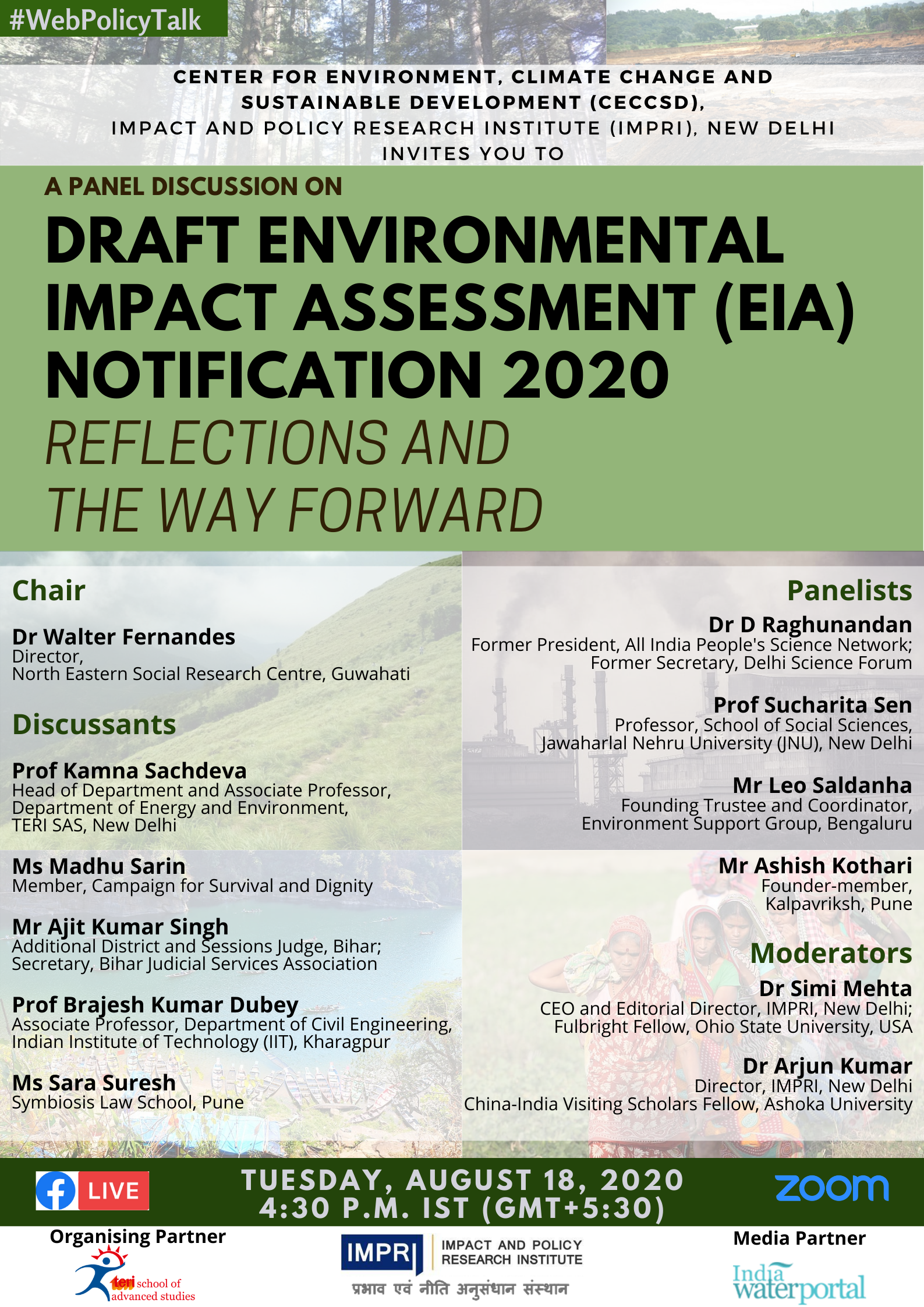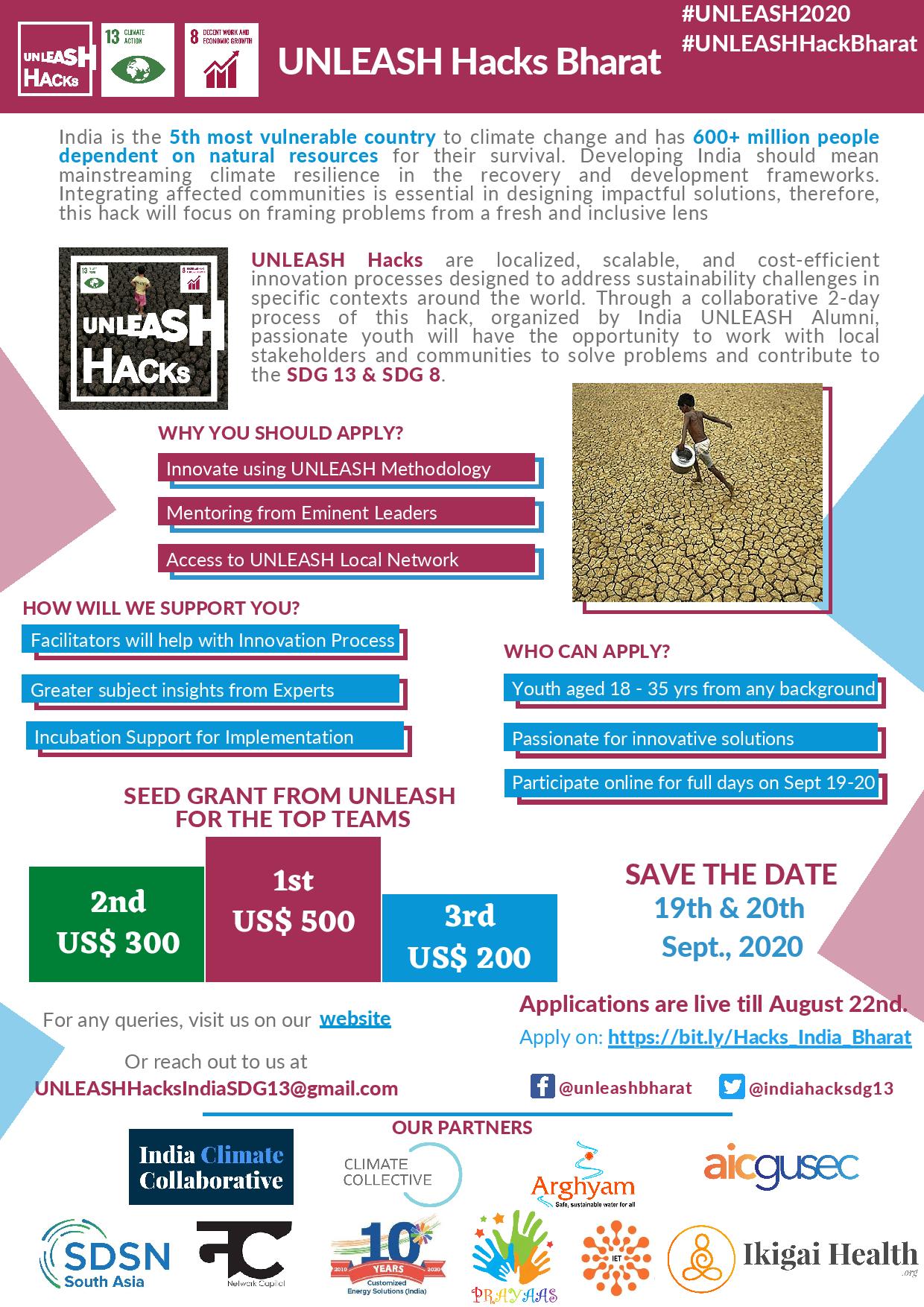Eric Holthaus’s ‘Future Earth: A Radical Vision For What’s Possible in the Age of Warming’ is unique in its sco
/topics/ecology-and-environment
A large section of the population living in the Ganga river basin still depends on the river for daily use activities and livelihood. Hence, the cleaning of the Ganga river’s water and making it safe for use remains a major goal for policymakers.

Economic development and creation of jobs have been India’s most critical challenges, and continue to be an overriding priority for the government. India’s rise in the World Bank’s global ranking on the ease of doing business is complemented with a successive downturn in its position on the Environmental Performance Index (EPI) from 2014 to 2019.

India’s Himalayan rivers have been a cradle of civilisational development and a centre for faith and culture for ages. Ganga being a fertile basin has been a significant contributor to our agricultural economy as well as our river-based agrarian development.

Swachh Bharat Mission-Urban: Next phase to focus on water treatment and toilet waste disposal

The wH2O: The Journal of Gender and Water invites articles for publication in its 8th volume (March 2021). The deadline for submission is October 15, 2020. The authors to write research, review and case studies including but not limited to the following topics:
Eric Holthaus’s ‘Future Earth: A Radical Vision For What’s Possible in the Age of Warming’ is unique in its sco

About Arghyam
 Center for Environment, Climate Change and Sustainable Development (CECCSD) at Impact and Policy Research Institute (IMPRI), New
Center for Environment, Climate Change and Sustainable Development (CECCSD) at Impact and Policy Research Institute (IMPRI), New Marginalized communities across the country are facing the brunt of climate change which is not only questioning their survival but is also affecting their livelihood.
Marginalized communities across the country are facing the brunt of climate change which is not only questioning their survival but is also affecting their livelihood.
A crowd of people jostling by the ticket counter at Jhansi railway station in Uttar Pradesh; men and women, some with families in tow, boarding trains to Delhi, Lucknow, Mumbai and other big cities. These are common sights during the summer months at Jhansi, a major town and railway junction.
